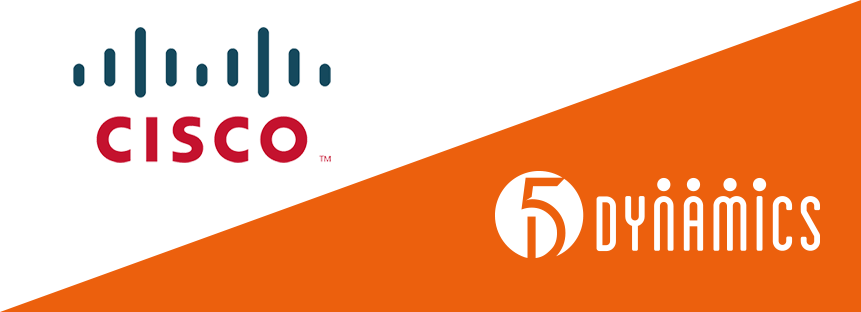How Moneyball Utilized All 5 Dynamics

I recently watched the movie Moneyball for the second time. For those who may not recall, Moneyball was released in 2011 and starred Brad Pitt and Jonah Hill. Based on Michael Lewis’ book, The Art of Winning an Unfair Game, the movie focuses on the success of the underfunded Oakland Athletics baseball team and the creative way—reevaluating the strategies that produce wins on the field—by which they were able to remain competitive with teams that had three times their funding.
I am sure that it will be no surprise to anyone that as I watched this movie, it struck me that the success of the Oakland A’s was due to the organization—and Billy Beane, in particular —utilizing all five Dynamics. Now, Mr. Beane did not have access to the 5 Dynamics methodology and I am sure that he has never even heard of us, but his ultimate success did not happen until he addressed all five of the Dynamics and gave each one the proper amount of Energy.
Explore. In the movie, Jonah Hill’s character, Peter Brand, ignored the traditional wisdom around scouting; instead, he began to look at the problem in a different way. He revolutionized the way that baseball teams are evaluated and put together. Beane (played by Brad Pitt) recognized that Brand was on to something and decided to adopt this new philosophy.
Excite. Although Beane was dedicated to this new paradigm, he struggled initially—not due to a lack of commitment, but rather to a lack of buy-in. If you recall, it wasn’t until the second half of the movie that Beane sat down with the players and helped them to understand what they were trying to accomplish and how each of them contributed to that overall goal. This is when the tides turned for the Oakland A’s.
Examine. Peter Brand (who, in my opinion, was high Explore and high Examine) used statistical analysis to determine the best way to field a team, now known as sabermetrics. He looked at the data to determine who and what was needed for success. This has become the de facto _way of putting together sports teams. One of our great clients sold this type of software to basketball, football, hockey, and—yes—baseball teams. It would appear that everyone is now getting in on this phenomenon.
Execute. Beane was driven to execute at any cost. He let go of team members who were not on board. He stuck to his game plan and he won, no matter the cost.
Evaluate. Beane had an idea (Explore). He looked at the data (Examine), and he moved forward with his plan (Execute), but initially he skipped Excite. Initially, he did a poor job of sharing the message and getting everyone on board. Thank goodness he evaluated his successes and failures and shifted his strategy (at least in the movie version).
I see 5 Dynamics in almost every aspect of life, at least where people are concerned. My hypothesis is that every successful project that requires the coordination and orchestration of people is successful because all five Dynamics have been addressed. Sometimes this is happenstance, sometimes this is by design.
My greatest project to date (pre-5D) was successful because I brought Explore, Execute, and Evaluate to the table, and I lucked into the requisite Excite and Examine. This project required getting 650 people to come together in Texas in July for a week to build a playground, but that is a story for another day. But for anyone who has ever experienced a Texas summer, you will appreciate what a monumental task this was.
So, I challenge you to evaluate your successful, large scale projects. Look for the 5 Dynamics in action. Can you see them? Wouldn’t it be great if you were able to add this simple recipe for success to your projects in an intentional way?


